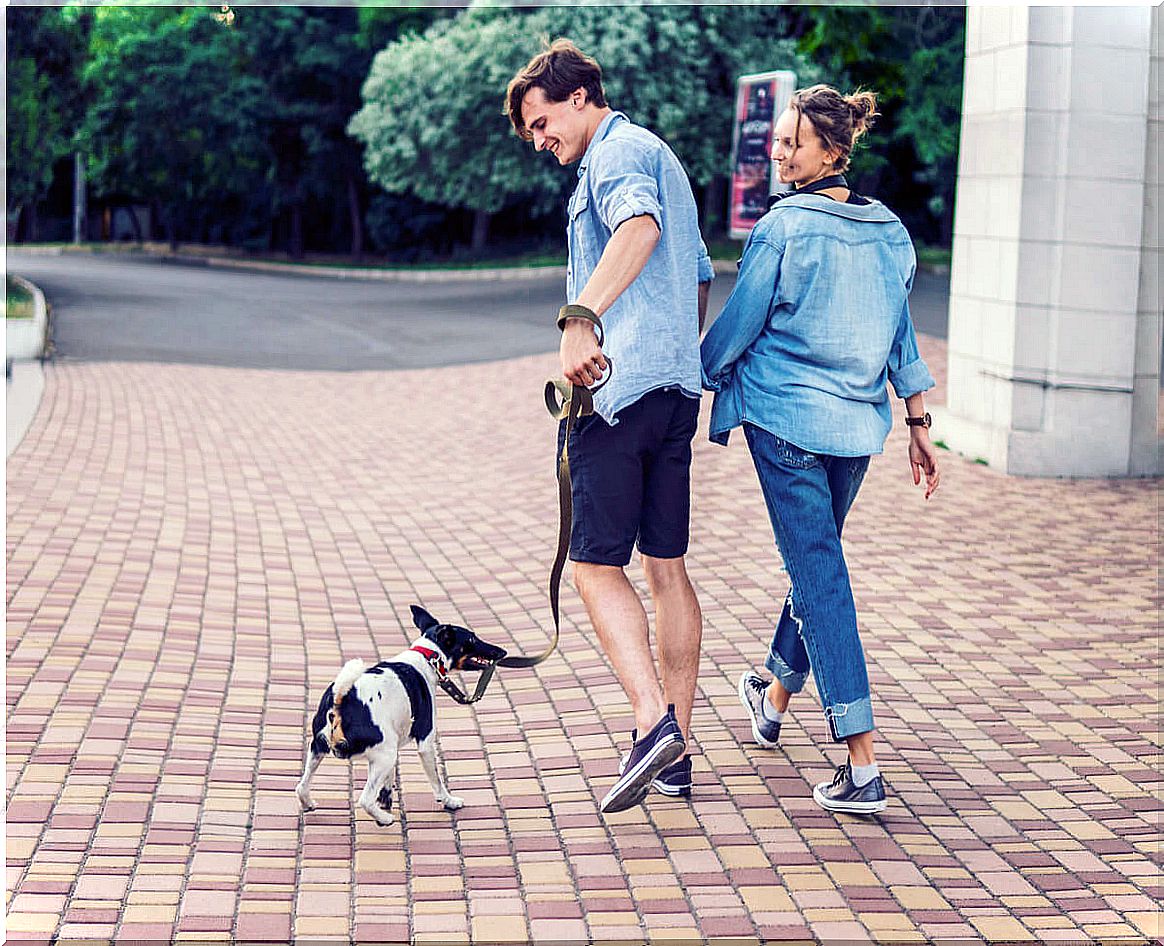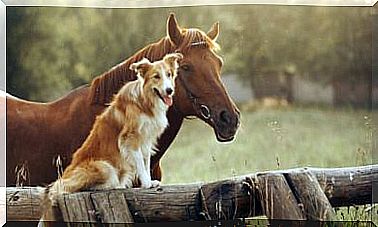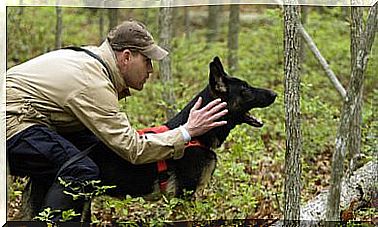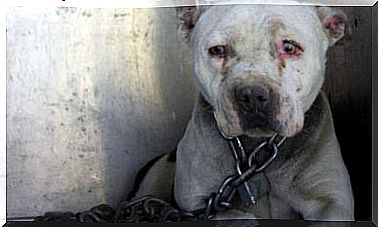Daily Walks: Five Tips To Encourage Your Dog

For some dog guardians, the daily walks may not be idyllic. Who has not come across a dog pulling on its leash, next to its owner between confused and disgusted?
Typically, the largest number of complaints related to dog walking have to do with “crawling” dogs, constantly pulling on the leash. However, some dogs have the opposite problem, so instead of pulling, they hit the brakes and refuse to move.
While guardians’ first impulse is to think that their dog is stubborn, there may be underlying reasons why it is refusing to walk on a leash. Therefore, it is necessary to make an effort to understand the possible reasons of your dog, as that will be the first step to solve it. Here we list five situations to consider.
1. Make sure the strap is comfortable
It is common for guardians to choose to purchase a sturdy collar and leash to ensure the dog’s safety. Thus, it is possible that due to size or texture, it is uncomfortable, especially for small dogs.
It is key to pay attention to details: the weight of the clasp and a rough texture, for example, can be a nuisance for the dog. Not to mention strangler collars, which can have such a negative association for dogs that they later refuse to move when wearing any other collars.
You can help your dog acclimate to the proper collar with patience, a pocket full of treats, and an upbeat demeanor.

2. Make sure you have the best possible first impression.
One preventative measure is to provide the best possible experience. Whether it’s a puppy or a rescued adult dog, if you’re never on a leash, you need an introduction.
So before you go on your first outdoor leash walk, it’s a good idea to let your puppy use it at home. Supervise that it does not get entangled in anything. This will help you get used to the feel of something around your neck.
Then, take the leash, without tension, call your puppy in a cheerful tone of voice and give him a treat when he approaches. Repeat the process, moving him around the room and keeping this upbeat new game.
Once your puppy is walking close to you in anticipation of the next treat, you are ready to leave the house to continue the fun. The experience is the healthiest for you and your dog.
3. Restore your dog’s confidence in the face of any fear of daily walks
Often times, dogs that have been poorly socialized may fear the presence of new people and exposure to different sounds. These fears can be made worse by being tied to your leash.
In these cases, it is important to help build your dog’s confidence little by little. The idea is to desensitize the animal to anything it perceives as scary, while rewarding it for moving in the right direction.
So, try taking him outside during off-peak hours and watch for any rewarding behavior that resembles the start of a walk. The fact could be as slight as looking down the street.
Try marking a clicker (or verbal “click word” as “yes”) with each good behavior. The key to success is patience. Gradually reward your dog’s behavior from glances, steps, to an eventual walk.
4. Be alert to the presence of undiagnosed pain
Sadly, it is possible that what you consider stubborn is that the dog is dealing with pain that you were not aware of. Be aware that there are a variety of canine medical problems that can make leash walks uncomfortable or even impossible.
Among many causes, over-activity injuries, age-related aches and pains, orthopedic problems, tick-borne diseases, and even certain types of cancer are common.
Therefore, in the face of reluctance to take daily walks, gently check your dog for hidden damage, such as an injured pad or nail. Think about whether the reluctance was gradual or sudden. Even if you can’t find anything, take your dog to the vet for an exam to find out the cause.
5. Reinforce your dog’s obedience on daily walks
Dogs may refuse to return from their daily walks if they are having a great time in the park, perhaps with their favorite friend. In these cases, the reluctance is due to the fact that they prefer to stay where they are rather than continue walking.
It is important not to try to cajole or, worse, scold your dog, rather, turn your back on him and ignore him. Make sure to reward any small movement, no matter how small, towards you.
You can mark the behavior with a click or click word, and then toss a treat in the direction you want to walk, until you start walking again.
Finally, for all guardians it is frustrating to go out with a dog that does not attend the walk harmoniously. Training your dog to stay close and come when you call requires patience and persistence more than anything else. Once solved, your dog will be able to enter more sophisticated modes of daily walks.

Keep in mind the two key elements of training: getting the ideal reward for your dog and practicing patience.
Remember: if you give in to the dog, he will learn that he can get what he wants through bad behavior. So we recommend that you take adherence to the training regimen seriously. With these tips, your dog’s behavior should gradually improve.









